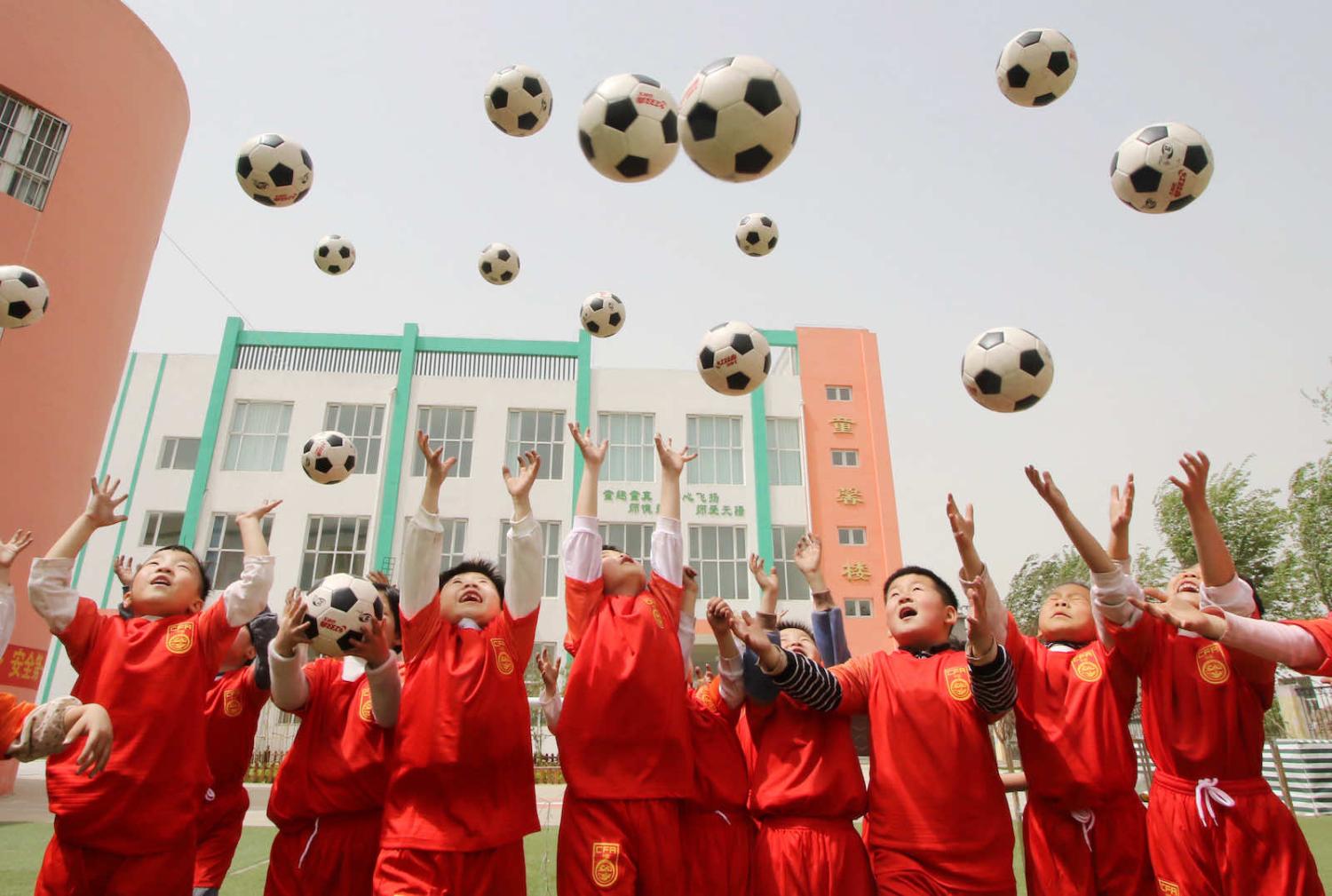On 1 June, I woke up to the news that the Chinese government had announced that it will allow all couples in the country to have three children, an increase from two. I joked to myself, “Finally, I’m legal!”
I was born illegally as the third child of my family. At the time, the notoriously abusive one-child policy, in effect between 1980 and 2015, limited most couples to only one child. (My parents were legally allowed two because we lived in a rural area.) Luckily, my parents were able to register me with the government after paying a hefty fine. My mother liked to say, “We have to even sell the broom in order to afford you!”
But unlike my family there were millions of families who couldn’t afford the fine. So their unauthorised children were denied legal documentation and unable to go to school, get health care, or obtain other public services. Couples who were employed by the government or government-affiliated institutions were often also fired for having too many children. To avoid that, the families had to hide the children or send them to live with relatives.
Government statistics show that China had 13 million such “black children”. In 2015, the authorities finally allowed those children to obtain registration even if their parents failed to pay the fines.
Growing up I internalised the social stigma of being the “extra child” because government propaganda – textbooks, slogans on the walls, TV and newspapers – constantly told me and millions of other “extra children” that we were taking up limited resources. We were an undue burden on society.
Major investments in making parenting affordable could have helped, but the government did not choose that approach.
Now third children are legal, but there are the fourth, fifth, and sixth children who still have to hide or feel ashamed of themselves for existing.
Four decades ago, to curb population growth and ease environmental and natural resource challenges, the Chinese government limited most couples to just one child, locking people up for having extra children and dragging women away to perform forced abortions on them. Now, to ease the challenges brought by an aging population, the government wants more children.
However, the new three-child policy is unlikely to substantially increase the birth rate, and the government knows that. The two-child policy was already not working because many people didn’t want to have a second child, largely due to the high costs of raising a child. After an initial spike, the birth rate declined each year.
Major investments in making parenting affordable and feasible through measures such as free childcare and education and expanded and equitable caregiving leave could have helped, but the government did not choose that approach. As a result, the announcement of the three-child policy was met with widespread cynicism online. “I’m not buying three Rolls-Royces not because there’s any restriction, but because they’re expensive,” read one post. “I want to sell my quota to rich people,” another said.
Yet the government evidently worried that the wrong people will have more children, should it do away with the regulations altogether. “We found in some impoverished areas in the west that people are still obsessed with having more children,” Yuan Xin, vice president of the government-affiliated China Population Association, told the state newspaper China Daily. “So a more relaxed family-planning policy may mean more children for them and make it more difficult for them to escape poverty.”
On the other side of the equation is government propaganda encouraging educated women to marry young and have children. In recent years, I’ve seen an increasing number of news articles on state media depicting university students having children in a positive light, while unmarried women in their late 20s – mostly an urban, educated cohort – are stigmatised as “leftover women”, a term commonly referenced in Chinese propaganda and the subject of a 2014 book by researcher Leta Hong Fincher.

One would think if the authorities were only concerned with poor families stuck in poverty for having too many children, they would allow single women to have children on their own and same-sex couples to have children – the two groups are mostly educated, middle-class city dwellers. Yet children born outside of marriage still face fines and denial of access to public services, and same-sex unions are not recognised. Under President Xi Jinping, the ruling Chinese Communist Party has revived talk of traditional family values, seeing the traditional family structure as fundamental to social stability.
Outside of the realm of the ethnic Han majority, there are reports about authorities in Xinjiang taking brutal measures to cut down birth rates among Uighurs and other minorities, including forced abortions and sterilizations. The government even boasted that the measures saved Uighur women from being “baby-making machines.”
Putting these policy pieces together, one sees that there is a specific kind of children the Communist Party welcomes: those born to mothers who are young, educated, Han and married to a man. As experts such as Hong Fincher, Mei Fong and James Leibold have observed, the implications of this approach are alarming – China’s proposed 1993 law was even originally described as “On Eugenics and Health Protection” only to be changed after international criticism.
However China chooses to frames its population policy today, birth limits are fundamentally the same in the sense that all are infringements on women’s reproductive rights and bodily autonomy.
* This article has been updated following publication to include additional information and further references.

